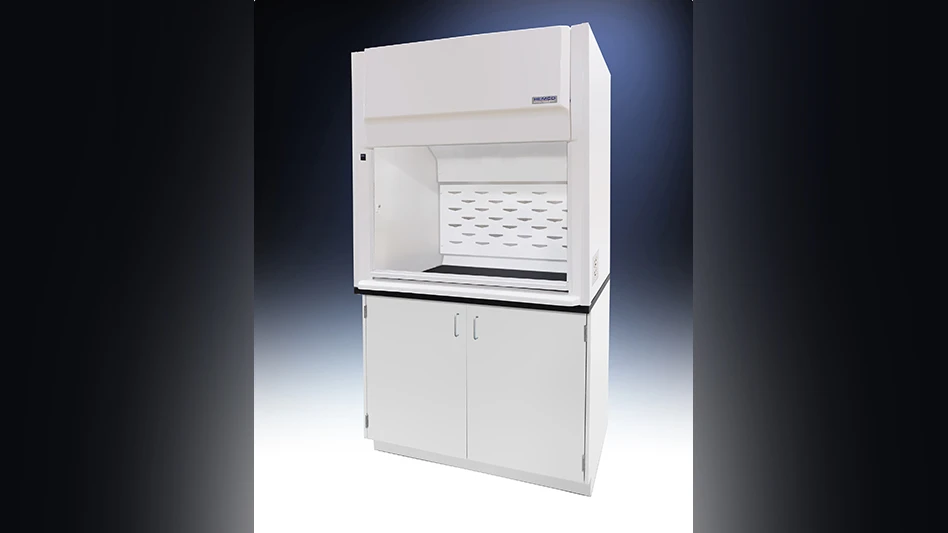
BigLever Software
A means of handling content restrictions is presented below, but first, did you see these news items from the week just past?
Sikorsky is proposing its Raider X next-gen helicopter concept for the U.S. Army's future attack reconnaissance aircraft.
NASA picks Boeing to build additional SLS rocket stages for Artemis missions
Bombardier’s Global 5500, Global 6500 jets are certified by the European Aviation Safety Agency
Protecting restricted content
By Dr. Paul Clements
Aerospace & Defense (A&D) manufacturers are challenged with developing product portfolios that control access to restricted content for domestic and international customers. Manufacturers must meet content restrictions in derived products to comply with statutes of sale in different countries, safeguard each customer’s intellectual property, and protect classified information. To remain competitive, these organizations must also seek efficient means of production that can increase automation, product line scalability, and quality.
Feature-based product line engineering (PLE) addresses this multi-faceted challenge by dramatically simplifying the creation and evolution of a product line and enables A&D manufacturers to protect and manage restricted content more efficiently. Organizations create a PLE factory, analogous to a manufacturing factory except that it operates on digital assets rather than physical parts. With the PLE factory, organizations establish a superset of digital assets equipped with all the feature options offered in the product line. The PLE factory automates production by assembling and configuring these assets based on the features desired for each product variation.
To manage restricted content, two recommended best practices help ensure content restrictions are met:
• Capability auditing: A focused quality audit to assess restricted content use across the product life cycle to verify compliance
• Product manifest: A set of checks and balances at different points along the life cycle provide an auditable paper trail for pinpointing leaks – particularly useful in engineering environments where multiple product lines coexist
Mistakes can be disastrous because content restrictions may be based on public safety, intellectual property (IP) protection laws, or government security statutes. So it’s critical manufacturers implement best practices in managing product variation and conduct quality audits to ensure full compliance with content restrictions.
About the author: Dr. Paul Clements is vice president of customer success at BigLever Software
Latest from Aerospace Manufacturing and Design
- OMIC R&D hosts Supporting Women in Manufacturing Day 2024
- 4D Technology's AccuFiz SWIR interferometer
- Seventh Lockheed Martin-built GPS III satellite launches
- KYOCERA AVX's CR Series high-power chip resistor
- UT researchers receive Air Force grant for wind tunnel
- Monticont's linear voice coil servo motor
- FAA certifies Pratt & Whitney GTF engine to power the Airbus A321XLR
- Wevo's silicone gap filler





